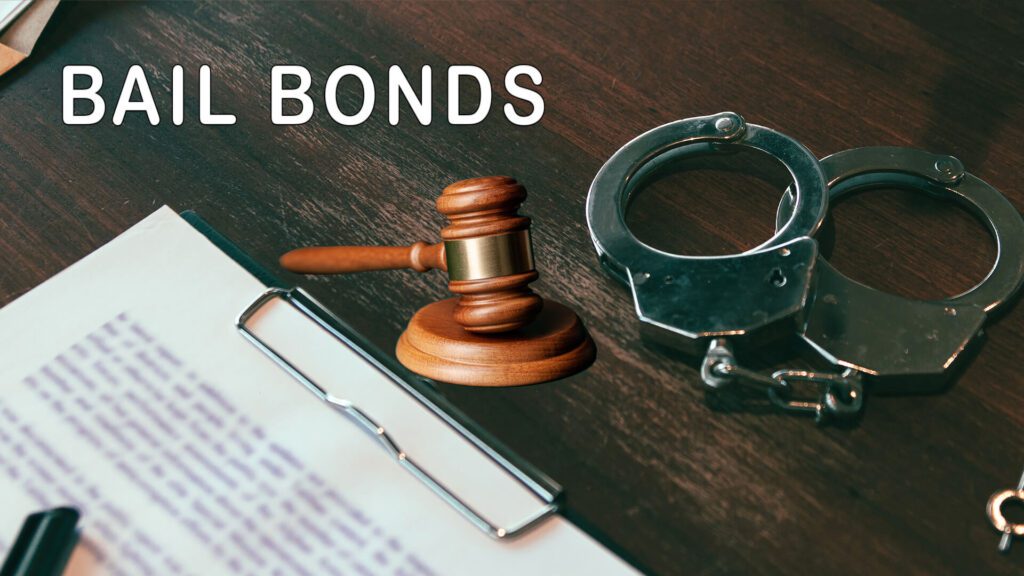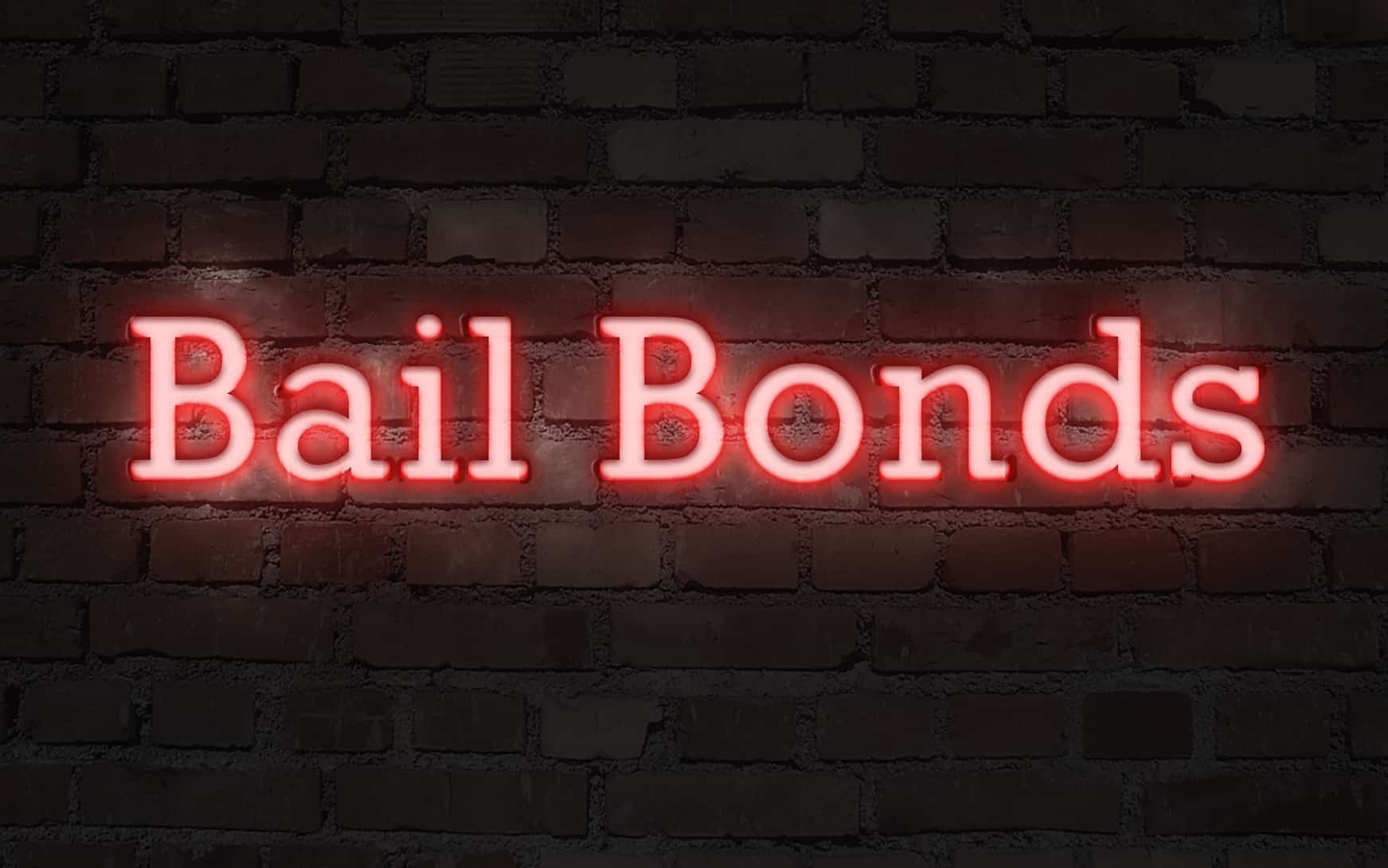Recognizing the Fundamentals of Bail Bonds: What You Required to Know
Navigating the complexities of bail bonds is an important aspect of the lawful system that can dramatically influence the charged's journey through court proceedings. A bail bond works as a monetary guarantee for the court, helping with short-term release from wardship while awaiting test. However, the intricacies of just how bail bonds run, the different kinds offered, and the critical factors to consider in picking a trustworthy bail bondsmansman can be intimidating. Recognizing these aspects is vital, as the repercussions of bad moves may lead to unexpected issues that expand much beyond the court. What are the basic facets that must comprehend to efficiently maneuver this process?
What Is Bail?
Bail is a monetary setup that enables a specific accused of a criminal activity to be launched from custodianship while awaiting test. The primary purpose of bail is to make sure that the defendant stands for future court proceedings (Bail Bonds). Usually set by a court, the bail quantity differs relying on the nature of the criminal offense, the accused's criminal history, trip danger, and other essential elements
When bail is given, the accused or an agent has to pay a specified sum, which might be in cash money or through a bail bond. In some cases, bail can be rejected completely, especially for major offenses or if the suspect positions a significant threat to public security. The principle of bail is rooted in the presumption of virtue, reinforcing the concept that people should not be penalized before a conviction.

Recognizing Bail Bonds
A bail bond is an economic tool that promotes the launch of an implicated individual from protection, functioning as a guarantee for their look at future court dates. This plan allows accuseds to keep their flexibility while waiting for test, decreasing the concerns linked with imprisonment. The bail bond procedure normally includes a third-party company, understood as a bail bondsman, who gives the needed funds to the court in support of the charged.
Bail bonds come in various forms, including guaranty bonds, home bonds, and money bonds, each with distinct demands and implications. Guaranty bonds, the most usual kind, call for a superior settlement, usually a percent of the total bail amount, which is non-refundable. On the other hand, a building bond entails using property as security, while money bonds necessitate the full bail quantity to be paid upfront.
Comprehending the nuances of bail bonds is important for offenders and their families. It is necessary to grasp the prospective financial implications, consisting of fees and responsibilities to the bail bondsmansman, in addition to the legal responsibilities tied to ensuring court appearances. Knowledge of these components aids in making educated decisions during a challenging time.
How Bail Bonds Work
The procedure of safeguarding a bail bond generally involves a number of key actions that ensure the accused can restore their freedom while waiting for trial. At first, the individual or their representative calls a bail bondsman, that assesses the instance and the connected risks. The bondsman will call for details about the accused, including the fees, the bail amount established by the court, and any appropriate individual information.
Once the bondsman accepts offer the bond, the accused or their representative should pay a non-refundable cost, generally a percent of the complete bail amount. This fee compensates the bondsman for taking on the financial risk of ensuring the charged shows up in court. In many cases, security might also be called for, such as residential or commercial property or important assets, which works as security for the bond.
After the cost and any kind of security are prepared, the bondsman submits next the essential documentation to the court. Upon approval, the bail is published, and the charged is released from wardship. It is essential for the implicated to follow all court days and problems, as failure to do so can result in the forfeiture of the bond and possible legal consequences.
Sorts Of Bail Bonds
Various types of bail bonds are available to match different conditions and requirements. The most common kind is the surety bond, where a bond bondsman guarantees settlement of the full bail amount to the court for a non-refundable charge, generally around 10% of the bail. This plan enables defendants to protect their launch without paying the entire bail upfront.
Another type is the cash money bond, which requires the offender or a co-signer to pay the complete bail amount in cash money directly to the court - Los Angeles Bail Bondsman. This alternative is commonly liked for lower bail amounts, as it makes sure the money is returned upon the accused's look at all court procedures
Building bonds include using realty as collateral. In this situation, the court places a lien on the residential or commercial property, which can be surrendered if the offender fails to show up.
Lastly, federal bail bonds are especially designed for federal situations, frequently entailing higher amounts and extra intricacies. Understanding these various bail bond types is crucial for accuseds and their households in making educated choices throughout a tough time.
Selecting a Bondsman
When choosing a bondsman, it is important to consider a number of vital elements that can affect the general experience and result. Initially, evaluate the bondsman's online reputation by looking into on-line testimonials and getting referrals from trusted sources. A reputable bail bondsmansman will have a history of expertise and effective situations.

It is additionally essential to understand the charge structure. Most read more bail bondsmensman charge a non-refundable charge, generally around 10% of the bail quantity. Watch out for any kind of concealed fees or unusual settlement methods. Transparency in pricing is a hallmark of a trustworthy bondsman.
Conclusion
In recap, comprehending the principles of bail bonds is essential for individuals entailed in the linked here legal system. Bail offers as a financial guarantee of court appearance, while various kinds of bail bonds satisfy different scenarios. Comprehending the operational devices of bail bonds and picking a trusted bail bondsmansman can considerably affect the general experience. A complete evaluation of readily available options makes certain informed decision-making, inevitably assisting in a smoother navigating through the intricacies of the lawful process.
The intricacies of how bail bonds run, the various types offered, and the essential considerations in choosing a reputable bail bondsman can be daunting. The bail bond procedure normally entails a third-party firm, known as a bond bondsman, that offers the needed funds to the court on behalf of the implicated.
The most usual type is the surety bond, where a bail bondsman guarantees repayment of the full bail amount to the court in exchange for a non-refundable fee, commonly around 10% of the bail. Bail offers as an economic guarantee of court look, while numerous types of bail bonds cater to different scenarios. Recognizing the functional systems of bail bonds and picking a credible bail bondsman can dramatically affect the general experience.